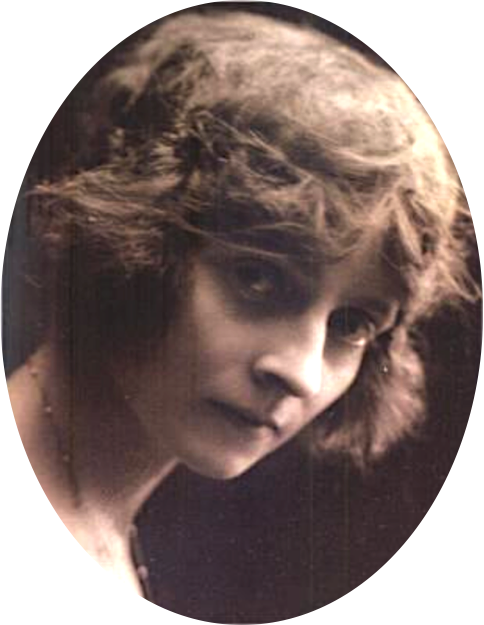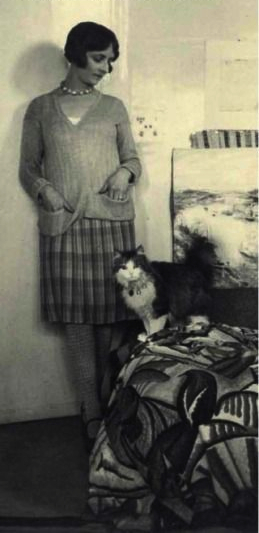

Emília Possoz was born on the 4th of December of 1888, in Caldas da Rainha.
A daughter of Belgian parents, she attended, in Lisbon, the German School and the studio of painter Emília Braga. Between 1904 and 1909, she studied in Paris, The Netherlands, Belgium and Germany, having settled in Paris between 1922 and 1937.
She was a plastic artist and also a renowned figure of the first generation of Portuguese modernist painters. She is mostly acclaimed for her rather female themes, as she represented little girls, flowers, landscapes, cats, urban scenes and real or imagined portraits, almost always imbued with a certain degree of naivety and wonder. Her femaleness also extends itself to the technique, with the sweetness of her gesture as a drawer and painter becoming quite perceptible.
However, it was through her decorative program for the 1958 Second Grade School Book that she became publicly known.
Heralded in Portugal, as well as abroad, Possoz received several awards throughout her career, among them the Gold Medal at the Paris International Exhibition (1937), the Amadeu de Souza-Cardoso Prize (1944), the José Tagarro Drawing Prize (1949) and the Columbano Painting Prize (1951).
She died in Sintra, on the 17th of June of 1968.
*****
Emília Possoz nasceu a 4 de Dezembro de 1888 nas Caldas da Rainha. Filha de pais belgas, em Lisboa frequenta a escola Alemã e o atelier da pintora Emília Braga. Entre 1904 e 1909, estuda em Paris, Holanda, Bélgica e Alemanha. No período de 1922 a 1937 fixa-se em Paris.

Foi uma artista plástica e também uma figura destacada da primeira geração de pintores modernistas portugueses. É reconhecida e valorizada sobretudo pela sua temática muito feminina, com meninas, flores, paisagens, gatos, cenas urbanas e retratos reais ou inventados, quase sempre imbuídos de alguma ingenuidade e deslumbramento. A sua feminilidade estende-se também à técnica, sendo perceptível a doçura do seu gesto como desenhadora e pintora. No entanto foi com o programa decorativo do Livro de 2ª Classe, de 1958, que ficou publicamente conhecida.
Foi reconhecida nacional e internacionalmente tendo recebido recebeu vários prémios ao longo da sua carreira, sendo de destacar a Medalha de Ouro na Exposição Internacional de Paris (1937), o Prémio Amadeu de Souza-Cardoso (1944), o Prémio de Desenho José Tagarro (1949) e o Prémio de Pintura Columbano (1951).
Morreu em Sintra em 17 de junho de 1968.
Figuras numa feira.
A Menina da Boina Verde, 1930.
References: